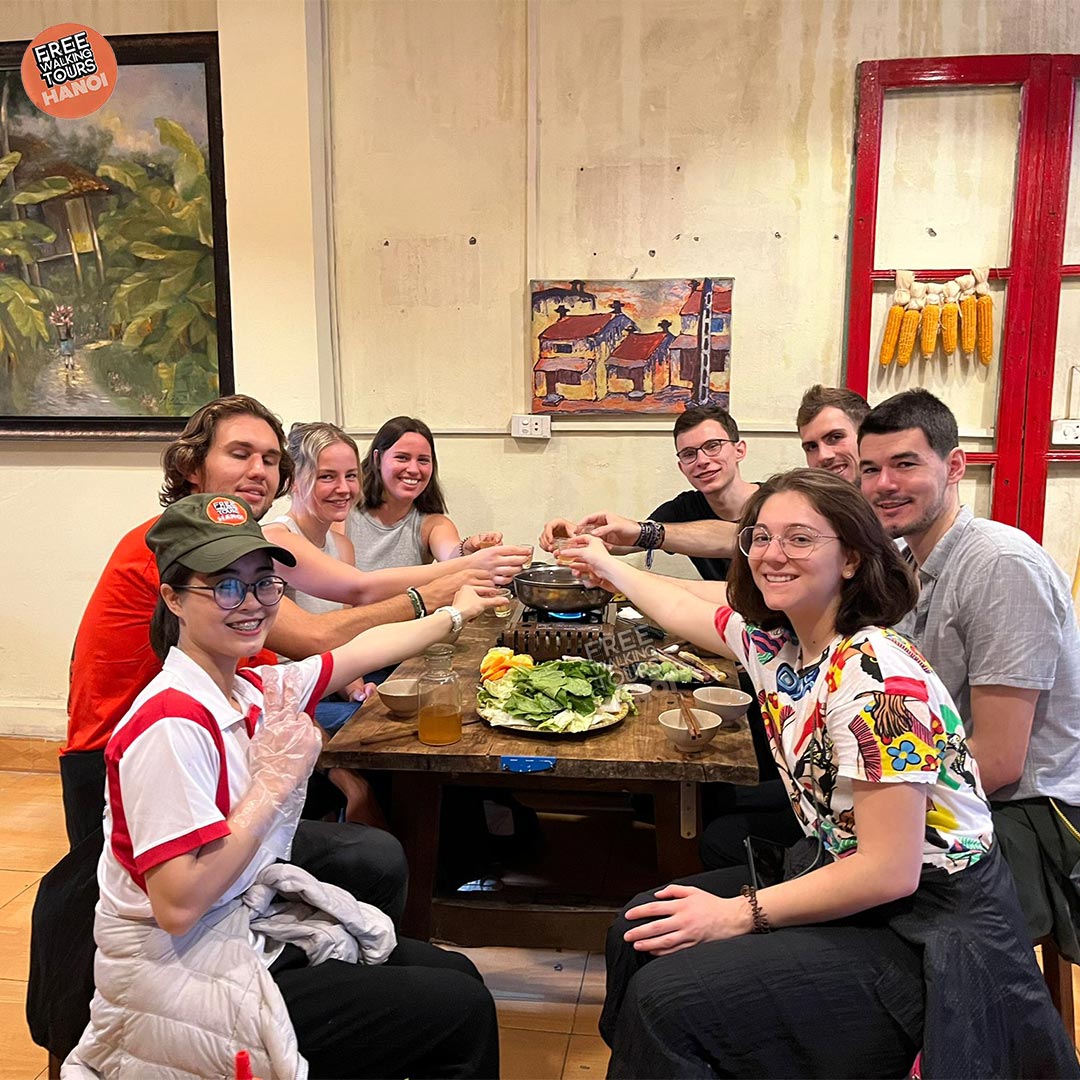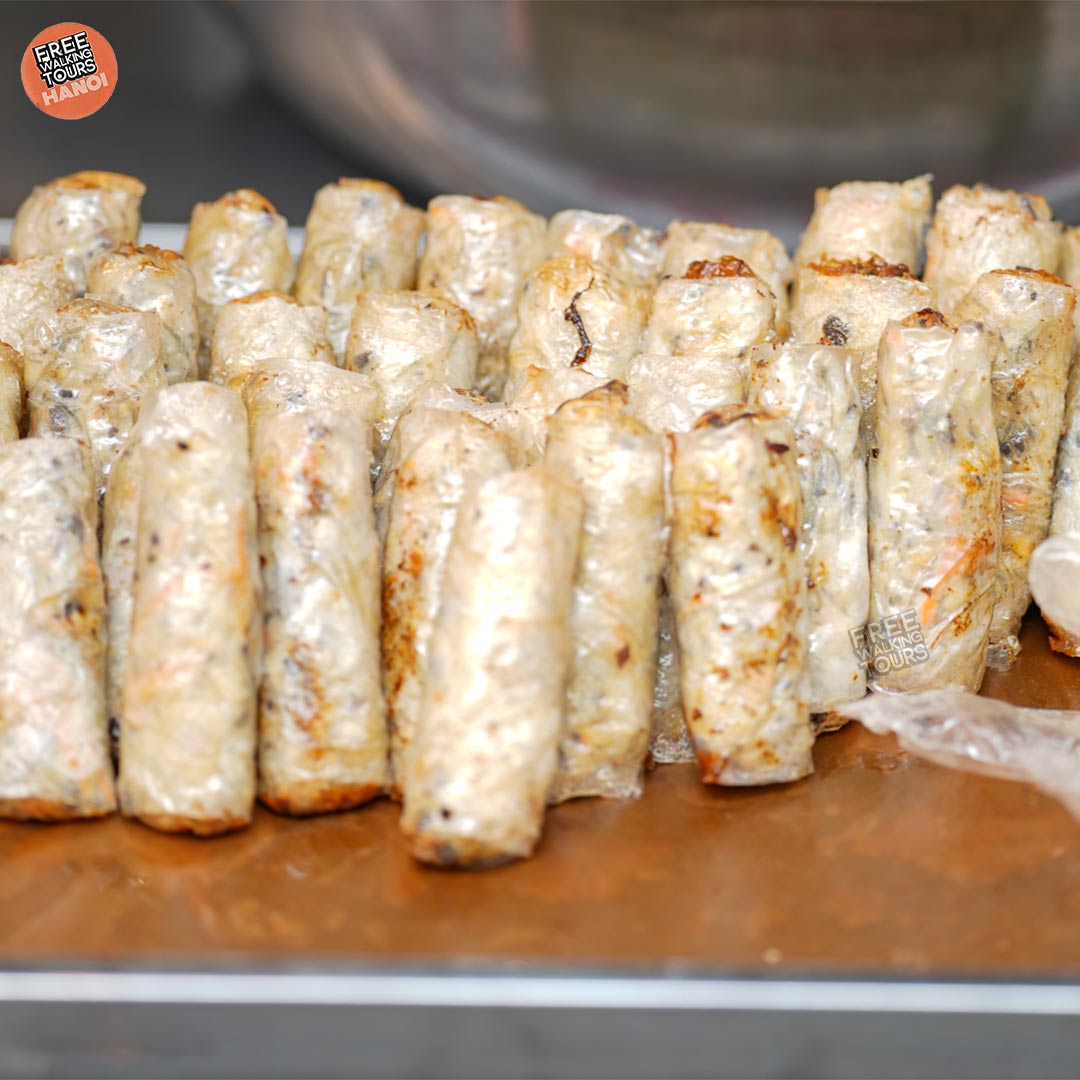Hanoi Cuisine Through the Ages
A Reflection of Vietnam’s Dynamic Food Culture
As the enduring heart of politics and culture in Vietnam, Hanoi’s cuisine evolved over centuries to encapsulate the diversity, adaptability and sophistication of Gastronomy of Hanoi as a whole. Tracing the timeline of Hanoi foodways reveals interplays between ancient traditions, foreign influences and modern techniques that created a cosmopolitan food identity interwoven with Vietnam’s complex history. From humble street soup to imperial delicacies, the dishes of Hanoi offer visitors a living lens into the richness of Vietnamese culinary philosophy and adaptation over eras.
Ancient Foundations: Indigenous Ingredients and Palate
Hanoi cuisine lays foundations in ancient Vietnamese agrarian society with a reverence for fresh, local ingredients. Ample herbs, vegetables, rice and broth defined early food patterns. Dish names even emerged from ingredients, like com (rice) and rau (leafy greens). Deep valuing of natural balance and fragrance established cuisine pillars still prominent today. Respect for indigenous crops and knowledge dominated old Hanoi’s essential foundations.
Imperial Era: Ceremonial Cuisine and Royal Flair
When Hanoi became Vietnam’s imperial seat as Thang Long, its cuisine transformed to reflect regal elegance. Nobles consumed exotic meats and seafood alongside local produce. There emerged an elaborate cuisine language with sophisticated plating. Dishes adopted royal names, like lacquered duck. Food reflected status, with intricate banquet creations signaling imperial power and wealth using Vietnamese ingredients.

French Colonial Influences: East-West Cuisine Fusions
French colonization left an indelible mark on Hanoi food culture via ingredients and techniques. Wheat flour introduced bread and noodles. Dairy appeared in crepes, cheese and coffee. French cooking methods like sautéing and baking fused with Gastronomy of Hanoi preparations. The East-West blend resulted in iconic hybrid dishes like banh mi sandwiches. Colonial Hanoi cuisine blended local and foreign.
Post-War Era: Ancient Flavors Meet Modernity
Following Vietnam’s postwar period, Hanoi cuisine maintained traditional essence while incrementally modernizing. Foods like pho noodle soup persisted through austerity before regaining elaborate status. Eastern health principles continued guiding herb and spice use. But rising affluence and globalization gradually introduced new flavors, ingredients and culinary diversity. Hanoi cuisine selectively evolved.
Street Food Culture: Folk Food Traditions for the Masses
As tourism expanded, Hanoi also emerged as a street food paradise, with beloved dishes like bun cha grilled pork. Vendors adapted ancient folk recipes to pique modern palates. Old Quarter hawkers upheld distinct regional cuisines, from Northern mountainous tribes to Central Vietnamese towns. For visitors, Hanoi street food became a living museum of Vietnam’s diverse food traditions and cultures.
Culinary Ambassador: Quintessential Dishes Go Global
Certain Hanoi staples also rose to fame worldwide as ambassadors of Vietnamese cuisine, authentically balancing tradition and broad appeal. Noodle soup pho, spring rolls, and Vietnamese iced coffee served as gateways for global diners to appreciate refined flavors. Their complex tastes dispelled notions of Vietnamese food as simplistic. Hanoi’s dishes presented the cuisine’s sophistication.

Fine Dining: Haute Cuisine With Ancient Roots
Finally, contemporary fine dining in Hanoi came to showcase innovation building on ancient foundations. Restaurants fuse international techniques with Gastronomy of Hanoi’s revered ingredients. They honor heirloom family recipes by elevating humble street food to artistry. French wine pairings accompany Lacquered Claypot Eel. Haute restaurants exemplify how dazzling complexity can flow from elemental agrarian traditions still honored.
Culinary Dynamism: Ancient Traditions Coexisting With Innovation
Today Hanoi food culture thrives by celebrating both continuity and intentional evolution. Phoenix Bean Curd Salad connects to 1000-year-old village ways of fermenting produce. Yet lotus stem ceviche with citrus demonstrates innovation. At its core, Hanoi cuisine respects enduring wisdom while judiciously incorporating new techniques and diversity. The city eats from the past and progressively into the future.
Quintessential Vietnamese Cuisine
Ultimately, the gastronomy of Hanoi over its 1500-year history encapsulates the dynamism and resilience of Vietnamese cuisine overall. Imperial richness coexists with streetside simplicity. Reverence for traditional ingredients aligns with embracing friendly newcomers like potatoes or tomatoes. And local authenticity opens to inclusive global fusion. Hanoi cuisine remains grounded in origins while continuously moving forward – a palatable reflection of Vietnam’s cultural ethos. If you are in Vietnam and interested in discovering more about Hanoi – the capital and its significance, we invite you to join us at Free Walking Tours Hanoi. We’ll take you across the building, and provide you with a unique perspective of the city. Book now and don’t miss out on this amazing experience.

